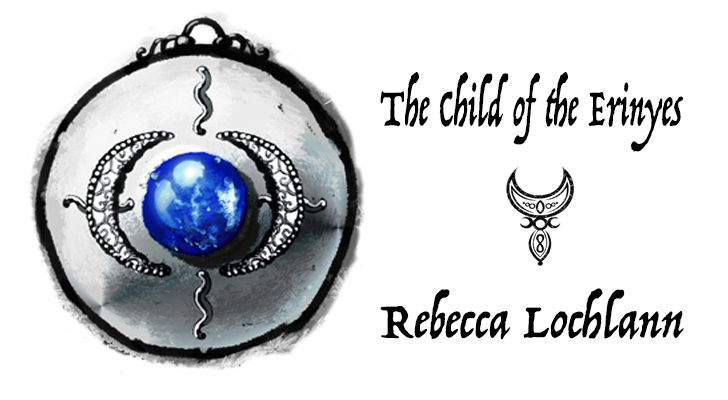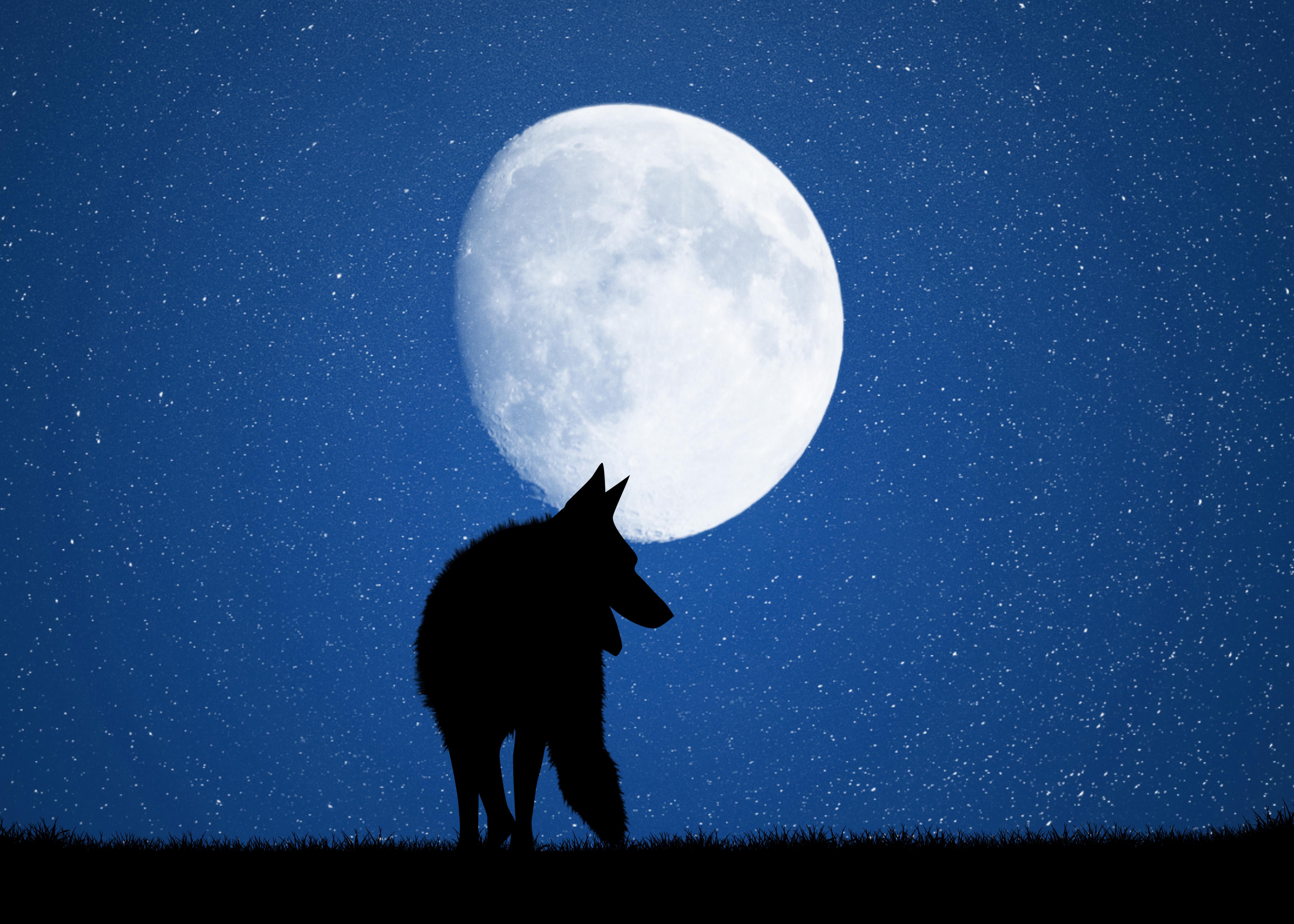Aridela’s necklace
The necklace given to Aridela by her father follows her, and all the characters, through the entire series.
One of the oldest symbols is that of the crescent moon cupping a star. It was the symbol of the Goddess long before it had any connection to anything Islamic. Some historians claim it symbolized the Goddess’s paradise where we go after death.
From Dionysos, by Carl Kerényi:
“Coins from Knossos dating from the fifth century B.C. on show a strange labyrinth design: it consists of four meander patterns joined like the wings of a windmill or the four arms of a cross. The center is not always filled, as though the makers of the coins were uncertain as to how much it was permissible to say about the core and content of the labyrinth. In the oldest pieces of this type, the reverse of the coin, which was on top in the printing process, shows the Minotaur in Knielaufschema, while the obverse has a rosette at the center of the four meanders. The Minotaur was soon replaced by the head of a goddess, usually crowned with a wreath of grain. Anywhere else she must have been named Persephone or Demeter, and perhaps she bore one of these names at Knossos as well–but it is certain that she was also Ariadne, mistress of the labyrinth, for her head was framed in a running square meander pattern suggestive of the labyrinth.”
“This sign language is plain. To the labyrinth belonged its mistress or the Minotaur–or both.”
“This view of the world became still more complete when astronomical signs were added beside the four meander patterns: one or two sickle moons–one waxing and one waning–and in the middle, inside the labyrinth, a “star”.”
“No luminous aspect of the Minotaur was accepted by the Greeks outside of Knossos, but the Knossos coins bear witness to a star in the labyrinth, to the lunar nature of Ariadne, and to an identity which justifies us in regarding “Persephone” as a possible name for the “mistress of the labyrinth,” and not just because of her attribute of utter purity.”
“The connection between Ariadne on one face of the coin and the labyrinth sign on the other is made still clearer when the meander quaternion embraces a sickle moon. This sign has no other implication in the myth whose abbreviations appear on coins from Knossos.”
This image was created for me by Lance Ganey.









Leave a comment
Comments 0